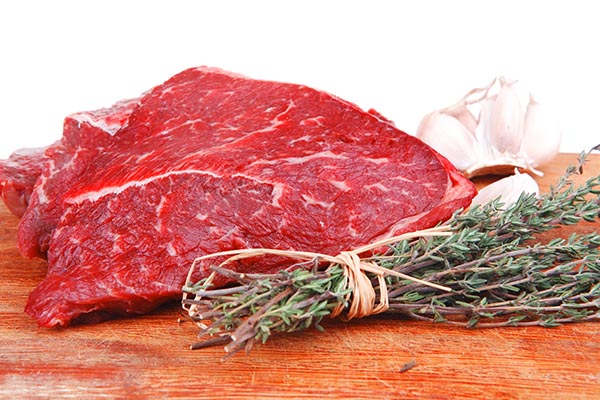Rabobank to predict a mixed picture in the global beef market
Next year may present opportunities for beef producers around the world but that does not exclude the risks brought by COVID 19 crisis. Restrictions applied in several Asian and European markets this autumn are already creating a wave of uncertainties for exporters and, besides that, contraction in national herds in some regions may have an impact on prices and trade.

The world is about to face a beef shortage in short term as the US cattle inventory, along with Australia's and several other countries in Europe have entered a contraction phase. Most regions saw cattle prices continue to rise considering ongoing limited supplies and strong demand, according to Rabobank analysts.
Brazil represents an exception due to the ban placed by China on beef imports the South American country, which made domestic prices drop since September.
Meantime, the US, another major player in the global market has seen a rise in prices as demand for beef in the domestic market and abroad has increased in 2021. "The US is one of the most influential beef markets in the world. As a major producer, consumer, exporter, and importer, it touches all parts of the global beef market. In 2022, we expect US beef production to contract but exports to remain strong," according to Rabobank's team of analysts.
So, what can go wrong for US beef exporters? "Global Covid cases started rising again in late October, with Europe seeing a large jump in case numbers. Some governments have reintroduced control measures to contain Covid outbreaks, including restrictions on food service. China’s zero-tolerance approach to Covid also restricts many foodservice channels. If the Covid measures are not successful, we expect to see reduced opportunities for beef in some foodservice channels in both regions over the coming months. Reduced investment in shipping and containers in 2019, Covid-related increased demand for goods and market imbalances in 2020 and 2021, and shipping congestion and cancellations have combined to push freight rates to stratospheric levels in Q4 2021. We believe global shipping disruptions will continue in 2022, and, as a result, costs for containerized freight, particularly reefers, will remain high," reports the outlook.
Source: meatinfo